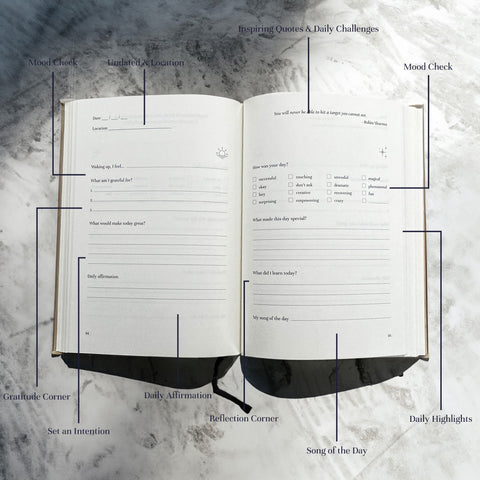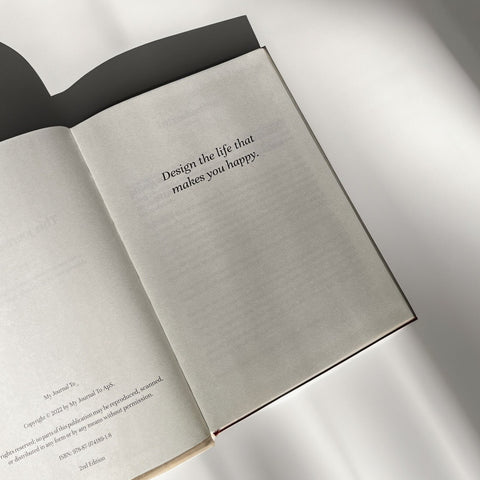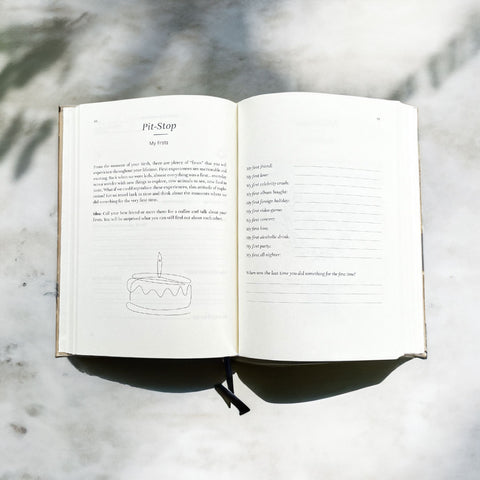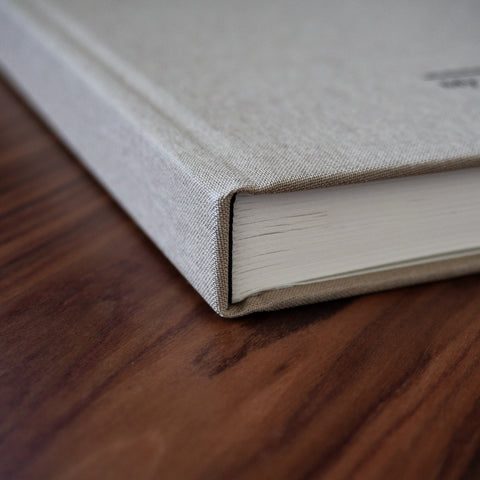How to start a journaling habit?
“All big things come from small beginnings. The seed of every habit is a single, tiny decision. But as that decision is repeated, a habit sprouts and grows stronger. Roots entrench themselves and branches grow. The task of breaking a bad habit is like uprooting a powerful oak within us. And the task of building a good habit is like cultivating a delicate flower one day at a time.” - James Clear
Research in 2021 conducted in America shows that people in their early twenties use their phones an average of 28.5 hours. While screen time itself already harms mental health and often causes depression and anxiety - ask the same people if they had time to reflect and look inward, and they will probably tell you they’re too busy.
Journaling helps you find focus, think positively, become self-aware, and much more. If you want to see its true benefits and results, it’s important that you set some time for it. So here are some tips to get started:
Don’t force it.
First of all, the goal is to make it a habit - not a chore. As we take on responsibilities, journalling can begin to feel like yet another item on our to-do list. The potential of missing a day of practice might create added stress, making it feel like something we have to do rather than something we want to do. Instead, journalling needs to become a healthy part of our daily routine. Keep an open mind when you first start journaling. If you miss a day. Don’t worry. You can write in your journal the next day or in the evening.
Make it obvious.
We recently came across the behaviour model by Fogg that implies that our behaviour is based on three components: motivation, ability and prompt (or sometimes referred to as trigger). This concept is captured in a simple equation:
B (Behaviour) = MAP (Motivation, Ability + Prompt)
It means actions happen when there is a clear trigger, the action is easy and motivation levels are high. While we at My Journal To_ put our focus on creating a journal that makes it easy to take action, it's your responsibility to find the right motivation and set a trigger.
To change your behaviour, and start journaling, we recommend setting a clear signal or trigger to start your habit. Make it obvious, for instance, by keeping the journal next to your bedside or setting yourself an alarm.
Make it easy.
As mentioned, a guided journal with a pre-written prompt can help to remove barriers to looking inward and starting journaling compared to writing in an empty notebook. In addition, you should pay attention to what is it that actually keeps you from journaling. Maybe you are often on the run in the morning, and you don't bring the journal to your commute to work. In that case, simply take a photo of the daily template or write down the prompts to the notes on your phone.
Whatever it is that holds you back, pay attention to it, and be creative to overcome it.
Make it satisfying.
Starting a new habit, it can help to reward yourself with something when you reach your goal. For instance, you can reward yourself with a new pen after the first 10-day milestone or reach a little higher, and say that you will treat yourself to dinner at your favourite restaurant after finishing the 30 days of journaling in a row.
Break it down.
James Clear mentions the 2-Minute Rule in his book Atomic Habits (a great book that explains how to build new habits). The two-minute rule states “When you start a new habit, it should take less than two minutes to do.” If you think about it, you will realise that nearly any habit can be scaled down into a two-minute version.
In our case, “write into my journal” becomes “pick up a pen” or “open my guided journal”. It’s a powerful tool because once you start doing something, it’s much easier to continue doing it.
Try a guided journal
Lastly, to start journaling, you will need an effective journal that makes writing fun and easy. At My Journal To_, we have put all our efforts to do exactly that. Please have a look at our guided journal, and begin a healthy habit of exploring your deepest thoughts, discovering new ideas, and building clarity by writing each day. If you don't feel ready to commit to buying a guided journal, please convince yourself and try our free sample.






